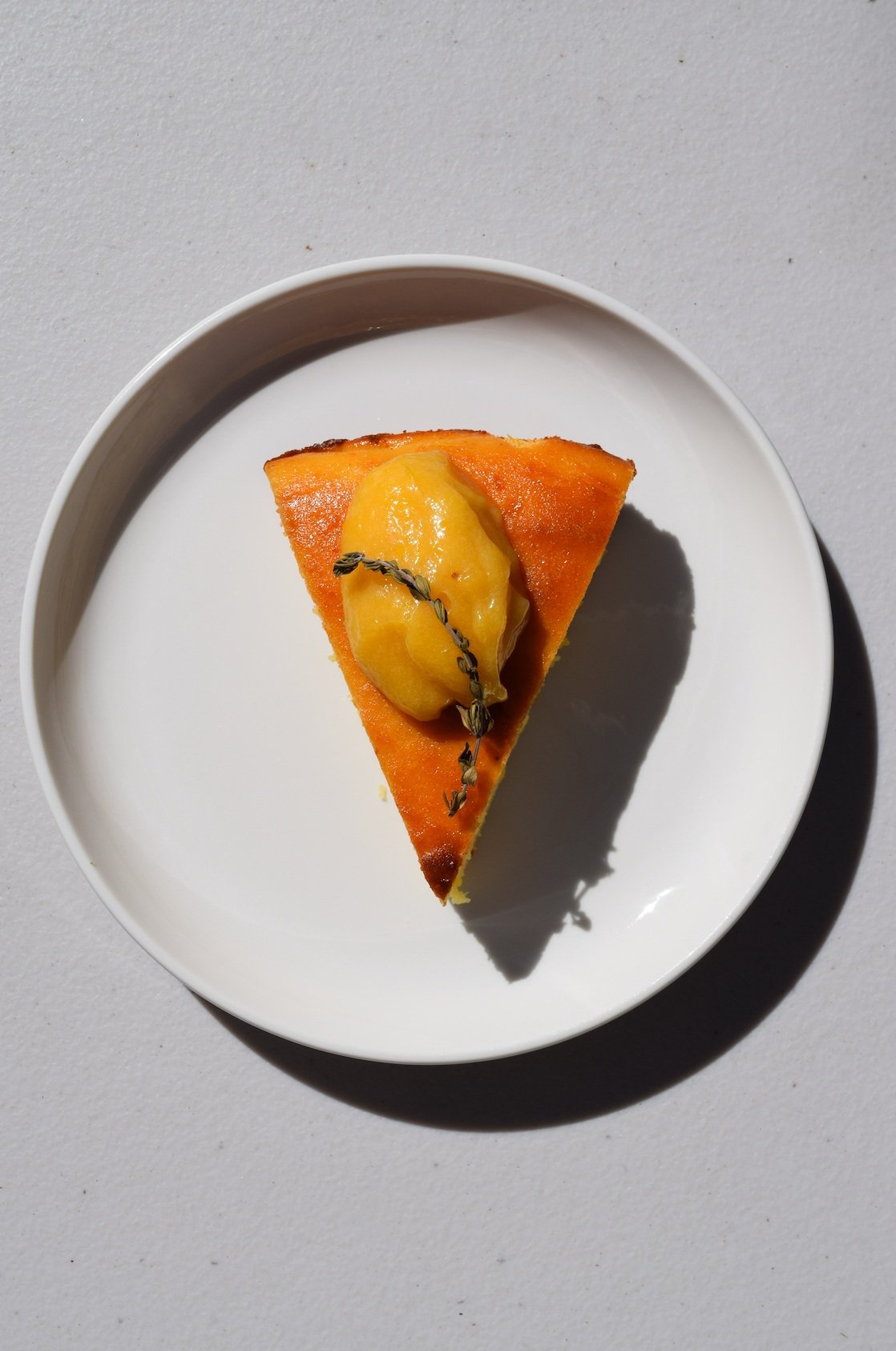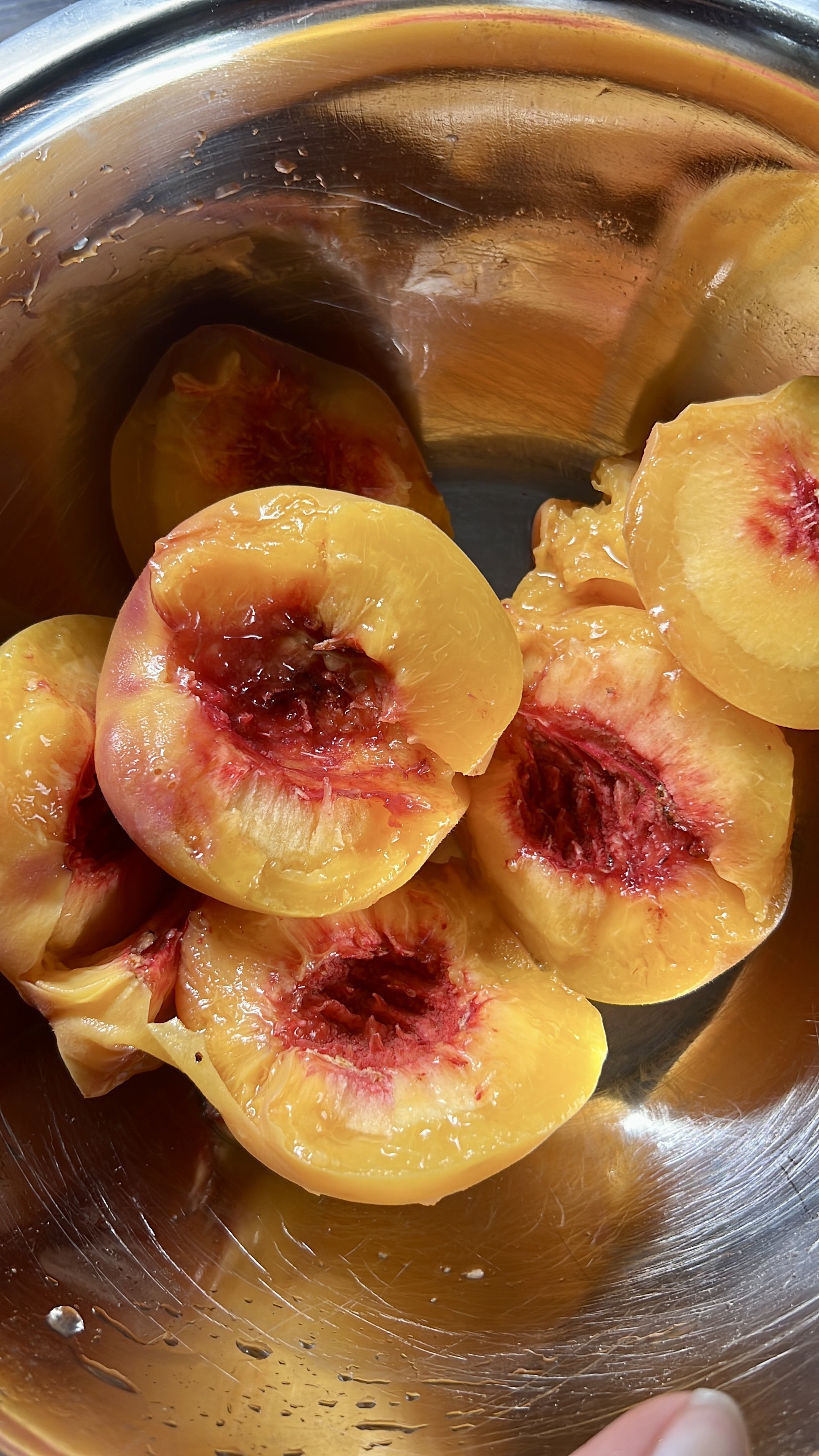The Sun: the Heart of Awakening
The Sun is the central star around which all the planets of the solar system revolve.
Our heart is the central organ that feeds the entire body blood, delivering nutrients and oxygen to every part of us.
In this way, the heart's rhythmic pulse mirrors the Sun's reliable presence, and the cyclical nature of day and night.
The Sun is our galaxy’s powerhouse- the vital force that keeps everything alive, the consciousness of being, and our authenticity.
Many Sun herbs, with their emphasis on circulation and warmth, naturally support our heart health, giving us better circulatory function and, by extension, influencing our appetite and energy levels.
Expectedly, the Sun has been important to Humans since the beginning of time, told through the stories of our most powerful deities and symbols.
These stories reflect the sun's universal role as a life-giver, a beacon of hope, and a force of creation and destruction.
In Ancient Egypt, the Sun God Ra was the creator of all life. He sailed across the sky in his solar boat, bringing light to the world by day and traveling through the underworld by night, symbolizing rebirth and renewal.
In Aztec mythology, the Sun god Huitzilopochtli was a deity of war and the sun; the struggle between light and darkness. The Aztecs believed that sacrifices were necessary to keep the sun moving and maintain the balance of the universe.
In Hinduism, Surya is the Sun god, riding his chariot across the sky, pulled by seven horses. He is a symbol of health, vitality, and good fortune, worshipped as a benevolent giver of life and light.
In Japanese mythology, Amaterasu is the Sun goddess who brings light to the world. Her withdrawing into a cave represents the solar eclipse, illustrating her vital role in sustaining life and ensuring growth.
Sun Energetics
Hot, Dry, Expansive
Sun herbs, foods, and activities carry an essence of dryness, heat, and expansion that is reminiscent of a sunny day's embrace.
The Sun represents warmth, not just in a literal sense, but also in the warmth of spirit; a brightness that illuminates our path, and an animating force that encourages us to grow and explore.
Sun foods and herbs have a way of stimulating our metabolism, which works much like stoking an inner fire.
This boost helps us break down food more efficiently, but it also ignites all of the processes that energize us, helping to get rid of stagnancy in our life and body.
The light of the Sun radiates from inside out, to both the Earth and our spirits, and this warmth is not just felt but also found in the heart of solar herbs.
These plants are like little suns themselves, radiating energy and life. In them, we find natural remedies that speak to the body's own rhythm.
Sun Herbs
Calendula (Calendula officinalis)
In Roman traditions, this flower was dedicated to the goddess Ceres, of agriculture and fertility.
Its name "Calendula" comes from "calends," the first day of the Roman calendar when debts were due. This herb is known to symbolizes the return of light and prosperity.
Calendula is revered for its gentle and nurturing spirit, soothing skin issues and comforting troubled souls.
These vibrant plants contain bioactive compounds, like triterpenoids, flavonoids, and carotenoids, which contribute to its therapeutic and wound healing abilities. Calendula can stimulate tissue repair and reduce inflammation, which is why its so great for treating skin conditions, such as minor wounds, burns, eczema, and acne.
Chamomile (Matricaria chamomilla)
In Egypt, this flowering plant was associated with the Sun god Ra, and in Norse mythology, it was linked to the sun-chariot of the god Baldur, who brought us hope and protection.
As a medicinal herb, Chamomile's tender touch eases anywhere we feel tension, giving a break to weary minds and bodies, as if cradled in the warmth of the Sun itself.
Chamomile has calming and sedative properties, thanks to its bioactive parts like chamazulene, apigenin, and bisabolol.
These compounds interact with different receptors in the brain, making us feel relaxed and less stress.
Chamomile's anti-inflammatory and antispasmodic effects also offer relief from digestive issues and menstrual cramps.
It’s so gentle in fact, it can even be used as an eye wash for soothing inflammation and irritation.
St. John's Wort (Hypericum perforatum)
This plant is a beautiful friend to the body’s battery, flourishing for harvest during the summer solstice when the Sun's heat is at its peak.
Some legends even tell of how it got its hue from the blood of St. John the Baptist, infusing it with a potent healing power. In ancient Greece, this herb was an emblem of the Sun god, Apollo, illuminating both the physical and spiritual realms it could touch.
No matter who uses it, St. John's Wort, with its antidepressant qualities, seems to lift the veil of darkness, kindling hope and renewing the light within us.
In fact, St. John's Wort has earned recognition from both western and naturopathic medicine worlds as a natural antidepressant due to its influence on neurotransmitter levels, particularly serotonin, dopamine, and norepinephrine.
Hypericin and hyperforin, the active constituents found in this herb, modulate our neurotransmitter levels, leading to a brighter and more resilient mood. St. John's Wort has also shown in research neuroprotective and anti-inflammatory properties, supporting nerve health and potentially benefiting conditions like neuropathy.
It is essential to note that St. John's Wort can interact with certain medications, and its use should be approached cautiously under professional guidance.
Saffron (Crocus sativus)
From Indian Vedic texts to Persian legends, Saffron symbolizes purity and prosperity.
It's said that this plant was born from the love affair between the mortal Crocus and the goddess of the dawn, Sahar.
In herbal medicine, Saffron uplifts spirits and acts as antioxidant protection for the body.
Saffron's mood-enhancing properties have even shown promise in managing mild to moderate depression.
Overall, this beauiful flower’s antioxidant potential supports cellular health, which helps it play a role in neuroprotective and anti-inflammatory activities.
Saffron contains a rich array of bioactive compounds, including crocin, safranal, and picrocrocin, which contribute to its medicinal value. This exotic spice is a powerhouse, demonstrating antioxidant, antidepressant, and anxiolytic effects in research studies.
Lemon Balm (Melissa officinalis)
This gentle plant was cherished by the ancient Greeks. Belonging to the goddess Melissa, it was though to gift us with sympathy and compassion.
In fact, even just Lemon Balm's aroma is a great guide to uplift all the senses, like a gentle nudge from the Sun to awaken the heart.
That’s because this sun herb contains essential oils rich in compounds like citronellal, geranial, and rosmarinic acid, which also add to its calming and antiviral properties. Its ability to modulate GABA receptors in the brain means it can help us feel less anxious and think clearer.
Lemon Balm's ability to soothe also extends to our stomach, where it eases indigestion and reduces bloating. As a plus, its great for promoting healthy sleep patterns and addressing nervous disorders, with references to its uses that date back thousands of years!
More Solar Foods and Herbs
Solar foods, often associated with the Sun's energy, are typically vibrant, nourishing, and energizing. They are believed to bring warmth, vitality, and strength. Here are some examples:
Citrus Fruits: Oranges, lemons, limes, and grapefruits are bright, tangy, and packed with vitamin C.
Tomatoes: Rich in antioxidants and vitamin C, they are also vibrant and energizing and ripen in the summer.
Sunflower Seeds: Nutrient-dense, they symbolize the Sun and provide healthy fats and protein.
Yellow and Orange Vegetables: Carrots, bell peppers, pumpkins, and sweet potatoes are full of beta-carotene and other vital nutrients.
Spices: Turmeric, saffron, and ginger have warming properties and are often associated with the Sun.
Pineapple: This tropical fruit is sweet, tangy, and full of vitamin C.
Mango: Another tropical fruit, it's rich in vitamins and embodies the Sun's energy.
Apricots: These fruits are high in vitamins A and C, and their bright color represents solar energy.
Corn: A staple in many diets, this staple grain is energizing and nourishing.
Honey: Symbolizing the Sun’s sweetness, it is a natural energy booster.
Peppers: Both sweet and spicy varieties are vibrant and warming.










